Thousand Islands National Park
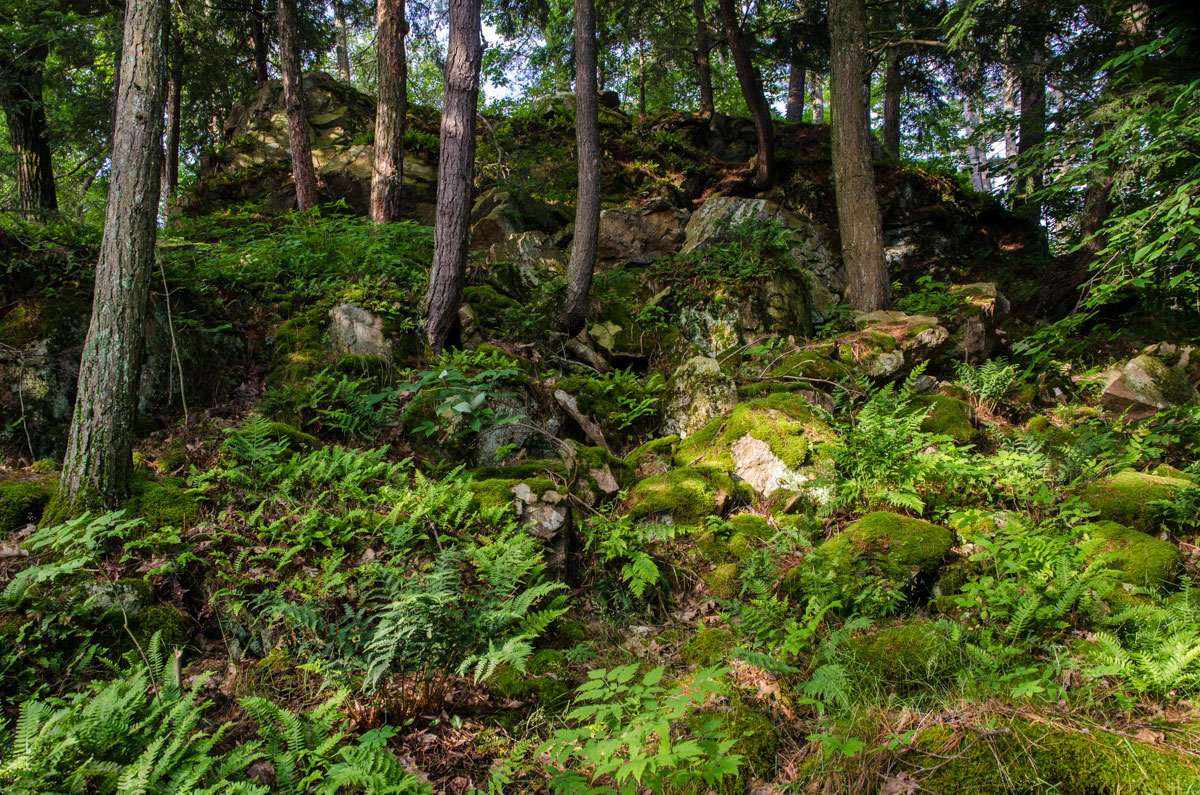
Thousand Islands National Park
Eastern Canada
Photos and Text by Caroline Morrow
The Thousand Islands stretch across 80 kilometers of the St. Lawrence River sandwiched between Canada and the United States. The region is part of the Frontenac Arch, a granite outcrop that reaches from Algonquin Provincial Park to the Adirondack Mountains. Remnants of this ancient mountain range peek through the river producing 1,864 islands. Many are so tiny that they support nothing more than a tree.
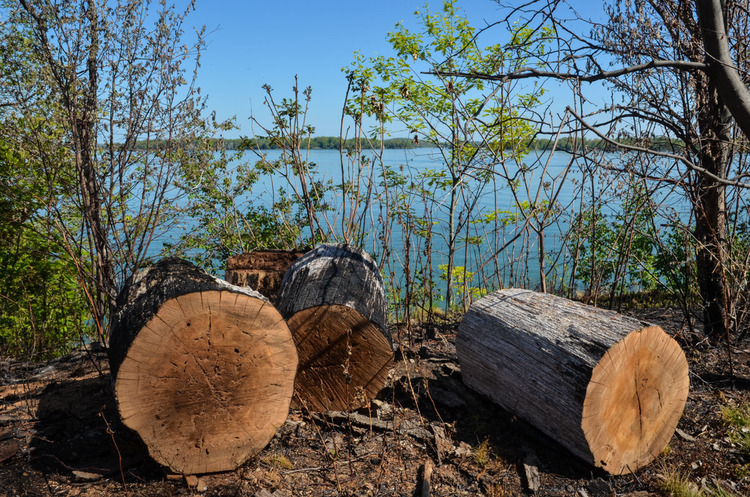
Parks Canada performed a controlled forest fire to help with the regeneration of native plant species.
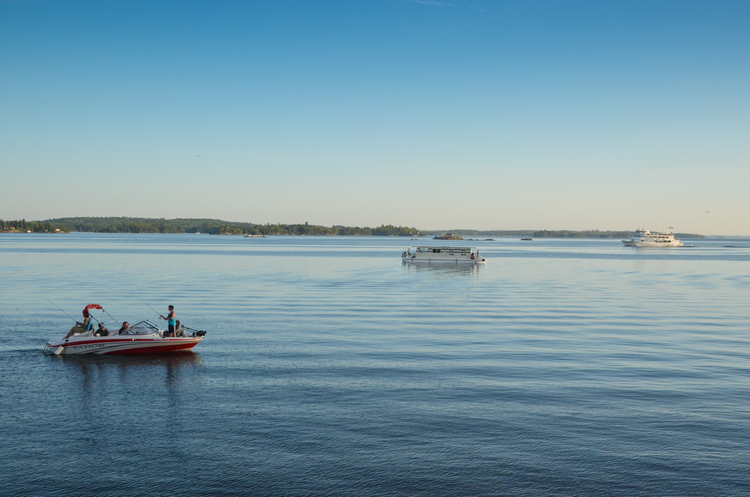
Although the islands can sometimes feel overrun by boats, if you tough it out until the shoulder-seasons you’ll have the misty mornings and haunting loon calls all to yourself.

The Thousand Islands are a fern heaven. With all the lushness, it can sometimes feel slightly Jurassic.
The islands have a long and rich history. First Nations fished in the area for thousands of years, entrepreneurial pirates smuggled rum through its channels and many a great ship sank in its rocky shoals. During the early 1900s, a large number of islands were sold to private ownership. Concerned locals petitioned the government to secure public access. In 1904 the St. Lawrence Islands National Park (now Thousand Islands National Park) was established. It is one of the oldest National Parks in the country and the first in Eastern Canada.

Springtime in the Thousand Islands is mayfly season. Thankfully, they don’t do much more than photobomb your sunrise shots.
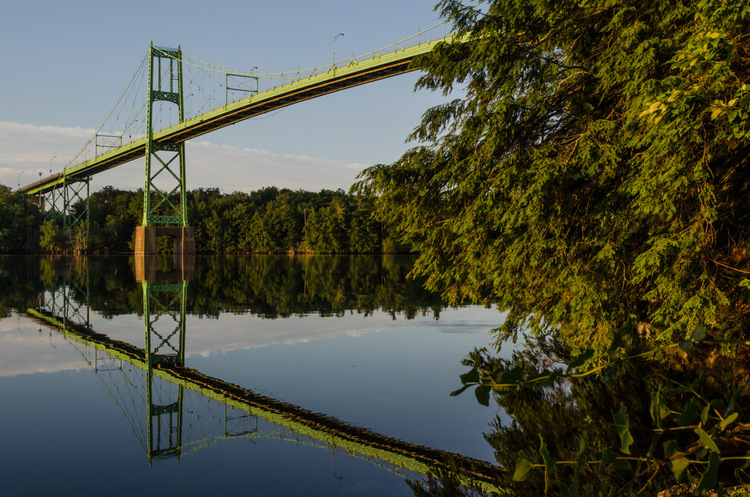
The Bridge to the U.S.A. as seen from Ivy Lea. Crossing the bridge puts you high above the St. Lawrence and offers incredible views of the Thousand Islands.
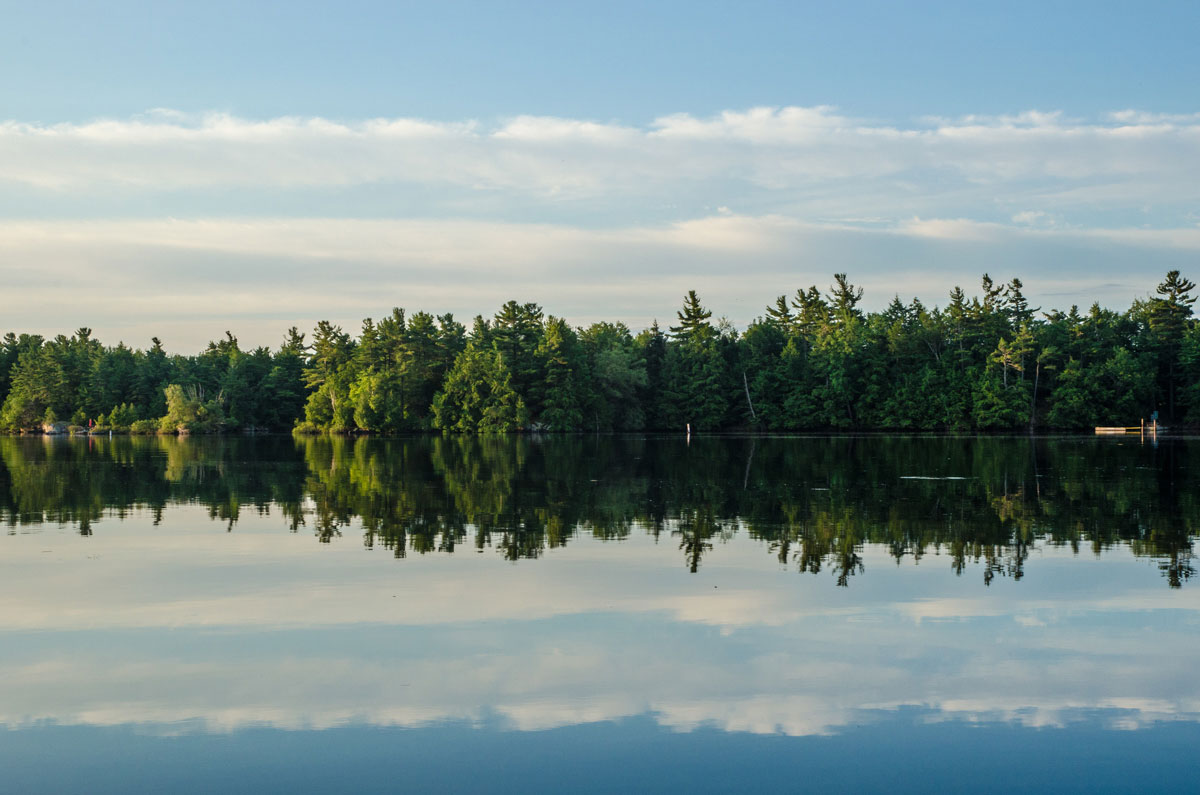
Looking across to Georgina Island on a calm summer morning.
Park rules and visitor attitudes differ between islands. Personally, I am inclined towards those with fewer docks and a ban on portable generators. Gordon Island, Leek Island and Mulcaster Island are three of my favourites. Gordon Island has a century-old stone gazebo and a number of wood-fired cook stoves that have long been used by fisherman to cook up the day’s catch. Mulcaster is a favourite for its cliffs and rugged coastline, whereas Leek Island provides a sandy beach that can only be accessed by paddling or swimming.
Photos (C) 2015 Caroline Morrow
Caroline Morrow found a way to combine all the things she loves— food, travel, language, photography, urban spaces and the environment through Travel Photography. Her recent travels include Iceland, Germany, France, Switzerland, Italy and Spain. She currently lives in Kingston, Ontario and studies Urban Planning. You can follow along through her social media accounts:
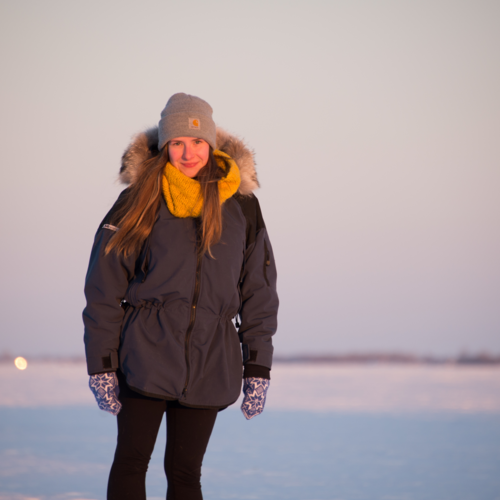
Photo of Caroline by Troy Glover
Be the first to comment